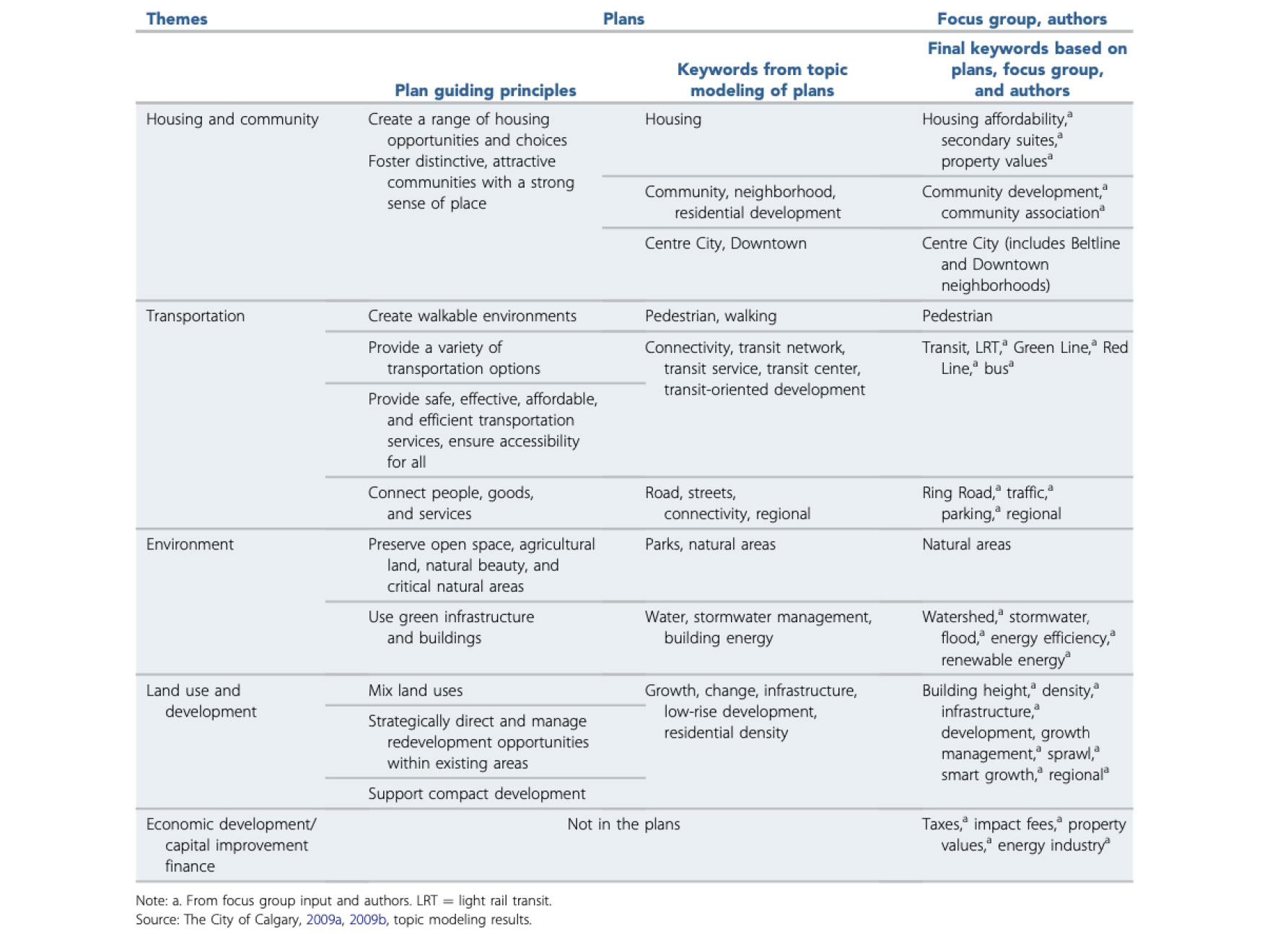Uncovering JAPA
Aligning Political Candidates' Social Media Posts and Plan Outcomes

Social media is increasingly used by municipal governmental candidates to signal their priorities, but what implications do such campaign posts have for planning?
Tracking Political Priorities Via Social Media
In their article "Plans Versus Political Priorities: Lessons From Municipal Election Candidates' Social Media Communications" (Journal of the American Planning Association, Vol. 87, No. 2), authors Albert Tonghoon Han, Lucie Laurian, and Jim Dewald explore how tracking alignments between municipal plans and priorities of local elected officials through social media communications can help forecast what plans may be implemented during a candidate's term. Local electeds play a pivotal role in plan implementation given their abilities to set policy agendas, develop budgets, build relationships, and approve municipal plans, so their political will and commitment have profound impacts on implementation.
To investigate social media as a tool for indicating priorities among political candidates and potential alignment with comprehensive or transportation plans, Han et al. examined Calgary's 2017 municipal election. Their methodology included identifying keywords through topic modeling, mapping the centrality and importance of a topic through semantic networks, and analyzing support or opposition for a topic through sentiment analysis.

Table 1. Displays the process of selecting keywords through topic modeling and ground-truthing in focus groups.
Calgary Case Study Reveals Election Priorities
From their case study research in Calgary, Han et al. uncovered a few key findings:
- The winning candidates focused their social media communications specifically on transportation projects and their economic impacts instead of complex, large-scale, future-facing plans involving the environment, growth, and regional planning.
- The elected mayor focused communications and priorities on broader scale issues that affect all constituents such as taxes, housing affordability, infrastructure, and transit, whereas ward representatives narrowed in on ward-specific issues such as particular transit lines in their locales.
- Incumbent candidates tended to have positive framing about planning issues and highlighted accomplishments, whereas challengers took on critical, more negative frameworks.
Though this analysis focuses on Calgary, the research may have broader implications for the practice of planning. The methodology of analyzing text (of both plans and social media communications) through topic modeling, semantic networks, and sentiment analysis is an effective tool for measuring stated priorities. This study also uncovers hidden dynamics such as potential links between Calgary's lack of focus on environmental topics, regional planning, and growth management, and their struggles with addressing sprawl, which could inform other cities with comparable issues. In municipalities where candidates consistently use social media in campaigns, the public could also use similar information to identify which local plan components may be implemented during a candidate's term. Finally, this paper's methodology can serve as a tool for identifying which planning strategies are discussed in a positive framework during political campaigns and thus help signal which plans are most likely to be implemented.
In the future, analysis could be done to track the communications of these officials during their terms as well as which aspects of municipal plans that are implemented. Researchers may also conduct similar studies in more municipalities to prove case studies in a broader range of contexts and expand the extrapolative power of the data.
Top image: TarikVision/iStock/GettyImagesPlus


